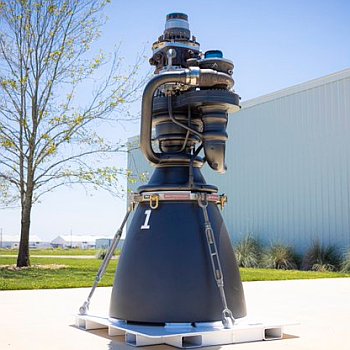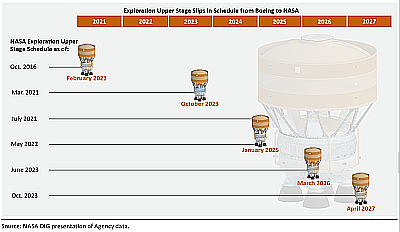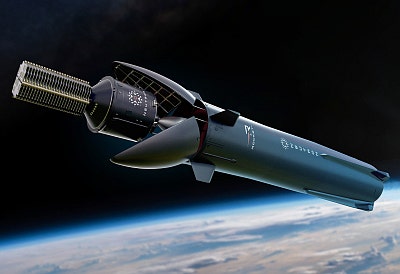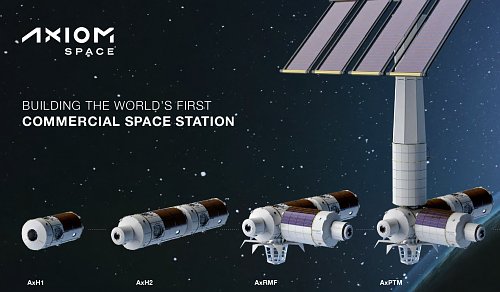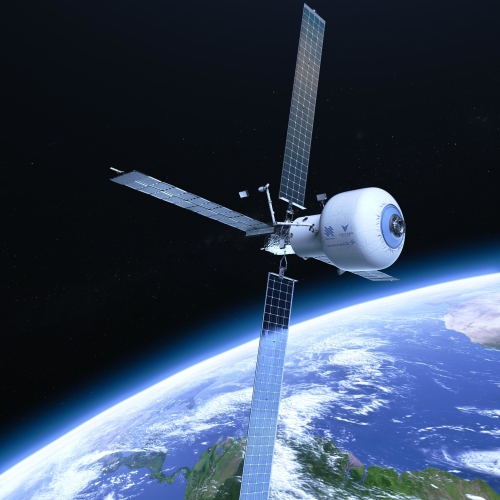
Starliner docked to ISS.
It appears that upper management at NASA has decided to force the agency to consider bringing Starliner down unmanned and extending the ISS mission of the two Starliner astronauts to a nine month mission.
The situation is definitely complicated, and no change as yet as been made. The schedule of dockings to ISS has been reconfigured to make this option possible. It appears this is the present plan:
First, they need to upgrade the software on Starliner for an unmanned mission. Apparently the present software on board is not satisfactory for an unmanned docking, even though a different Starliner has already done an unmanned docking last year. For this mission, the software relied on the astronauts to take over manually should there be an issue during undocking. In the previous unmanned demo, the software would react and prevent a problem. For reasons that make no sense, the software on the manned mission did not have this capability. Reinstalling this software will give them the option to send the two astronauts down on Dragon and returning Starliner unmanned.
Second, the next Dragon manned mission has been delayed until late September to allow time for these software upgrades, as well as give NASA and Boeing more time to analyze the situation and decide if a manned return on Starliner is possible. If they decide to not use Starliner, the Dragon capsule would come up to ISS with only two astronauts, and the two Starliner astronauts would then join them on their six month mission, coming home in the spring. For the Starliner astronauts Butch Wilmore and Suni Williams this would mean their mission will now be 8-9 months long, far longer than the original one-two week mission.
As to why these options are now being considered, it appears to me that both Boeing and NASA engineers were willing to return the astronauts on Starliner, but have been ordered to consider these options by higher ups. It appears that the last hot-fire thruster tests on ISS left everyone with some uncertainties about the situation. Engineers are fairly certain that the reasons some thrusters did not fire as planned during docking was because teflon seals expanded because of heat to block fuel flow. The problem is that these seals showed no problem at all in the most recent test on ISS. That difference creates some uncertainty as to whether they have really identified the cause of the problem. Imagine having an intermittent problem your car mechanic cannot constently make happen.
Because the thrusters did work as intended, Boeing and NASA seemed ready to return Starliner manned. In the agency review last week it appears others at the top were less sanguine (including Bill Nelson, NASA’s administrator), and demanded these new options be considered. Based on this speculation, it is almost certain Starliner will come home empty.
Whether this will have significant consequences remains uncertain. During the press briefing today, NASA officials said the agency might still certify Starliner for operational manned missions even if the capsule comes home unmanned.

